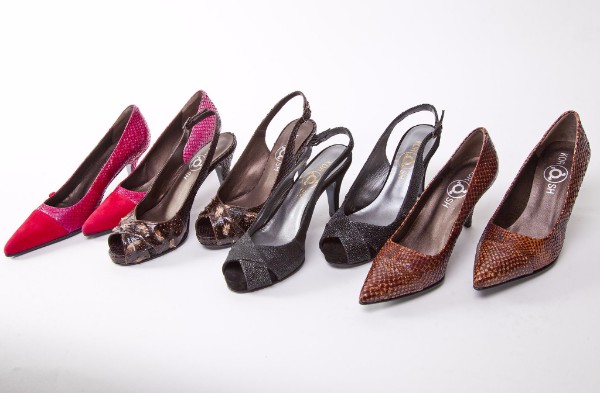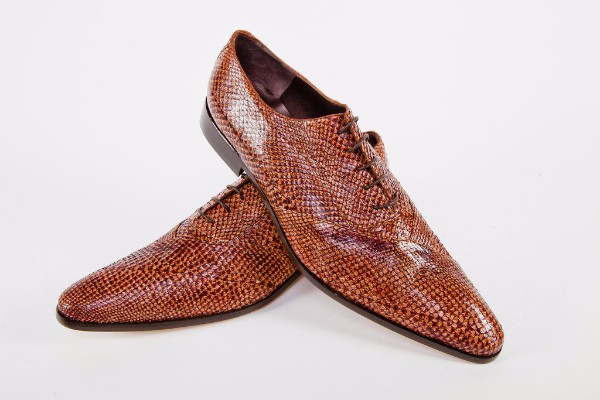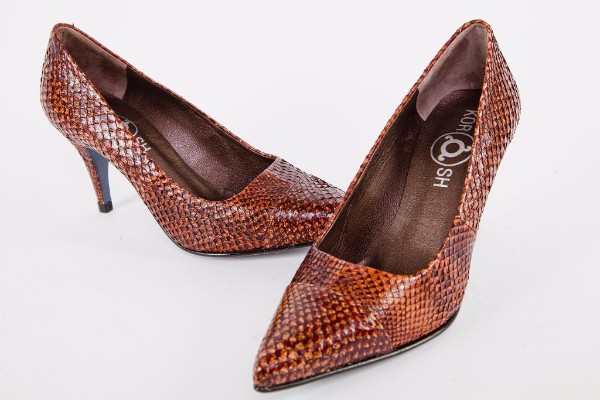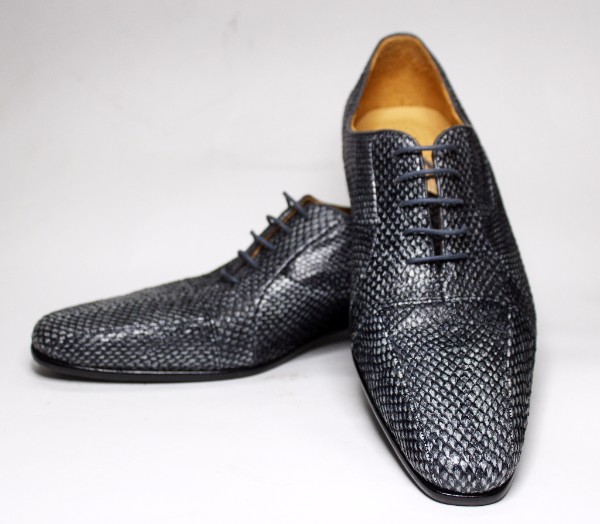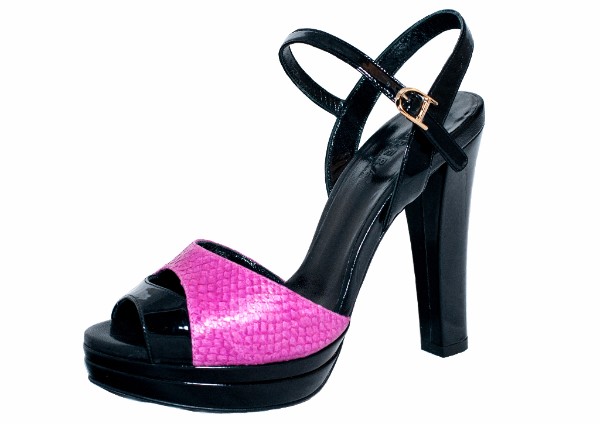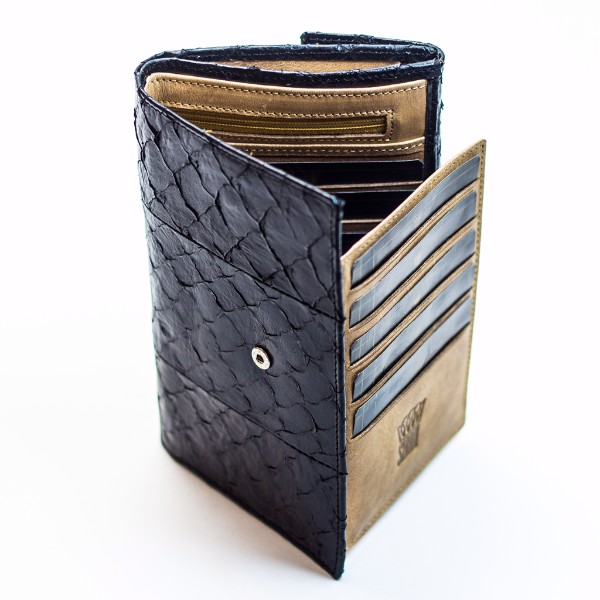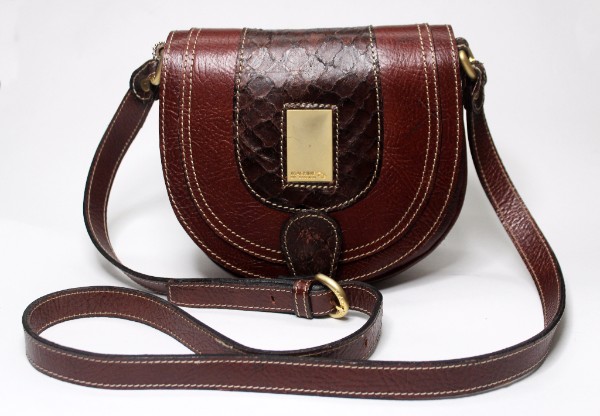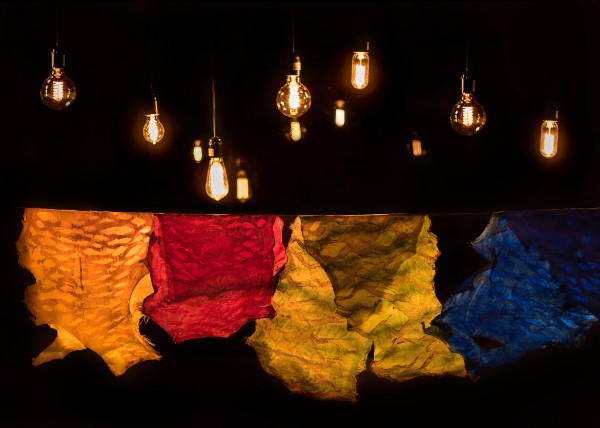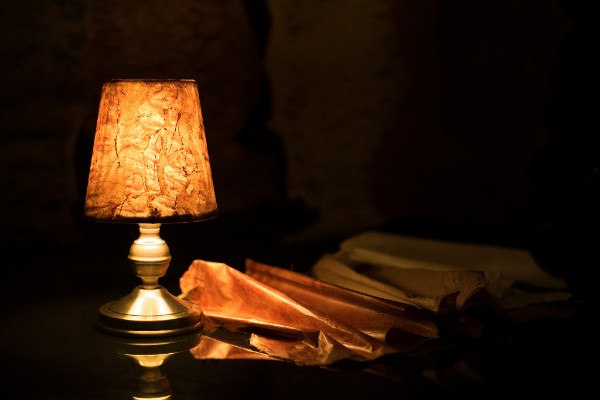MANUFACTURE
Fishing can be called one of the earliest production activities of mankind. The twentieth century is characterized by the rapid development of fishing and fish processing enterprises. Thus the enterprises of the fishing industry were facing the problem what to do with waste after fish processing. Processing of fish waste is particularly important, as it is directly related to the problem of ecology. The invention of new fish-cutting equipment in the market and the steady demand of the population for fish fillets contribute to their significant increase. Thus, a new material appears on the market of raw materials - mechanically removed skins of fish. At the same time, the chemical tanning industry also makes a huge step in its development. A wide variety of chemical materials makes it possible to produce ecologically clean fish of high quality in a very wide range.
The time has come when use of fish skin becomes more profitable in terms of economy when it is a separate and independent direction in the world light industry. Only technology is needed that makes it possible to turn the waste of the fish processing industry into a beautiful, high-quality and economically profitable product.
Such technology is existing today. It is "Tanning of fish skin in industrial scale", which was developed by the SHADI company. With more than 30 years of experience in mammal skin dressing, SHADI has developed about three dozen of different technologies for processing fish skins, but it is the "Industrial technology for the production of fish skins" that is really valuable and in demand.
For almost 10 years, it had been improving. The main work was on the reduction of the production cycle, which allows to significantly save energy and water resources, reduce the number of chemical and plant materials used, but in no case lower the quality of the finished leather. All these actions made it possible to significantly reduce the cost of finished leather. Fish skin, made with this technology, after passing many tests both in laboratories and in life, showed itself as a high quality leather. It is 3 times stronger than bovine leather, while it has a thickness of 0.3 mm to 1.2 mm, depending on the type of fish. Indicators of wear resistance of fish leather are several times higher than those of mammalian leather. This is due to its anatomical reticular fiber structure, where the fiber length is several centimeters in contrast to the skin fibers of mammals. It took almost 10 years to achieve a balance between high quality, industrial volumes and low cost of fish skin, produced by Industrial Technology of SHADI.
The SHADI Company invented unique technologies of tanning skins of different fishes and also exotic types of sea inhabitants such as giant squid. A technology has been developed that makes it possible to produce sturgeon to obtain soft skin, while preserving its natural beauty. The uniqueness of this skin is that it is permeated with longitudinal rows of bone bug shields, which are preserved when applying our technology.
In 2011 in Nazran (Republic of Ingushetia, Russia) a fish processing plant was created by SHADI LLC. The main problems encountered in the process of creation and development are the lack of specialists in this field and the necessary investment, which entails the following problems:
✓ technical problems – lack of opportunity to purchase or order the required equipment;
✓ procurement of the chemicals at the local market;
✓ presentation of new products at the local market;
✓ lack of the required space for the enterprise.
The production of fish skin should not be seen as the work of a small firm (whose activities are more similar to scientific research than commercial), this is a separate large area in the leather industry, which, with proper investment and qualified approach, will successfully develop and generate revenue.
The development of the "fish" trend in the leather industry has many positive aspects: from the economic point of view it is a more rational use of raw materials already available in large quantities, the creation of jobs in many areas of economic life (tanning, production of clothes and shoes, decoration of interior and furniture, hand made goods); from ecological point of view, this is the rational use of waste from the fish processing industry, which is not always utilized properly, that leads to the formation of huge rotting dumps.
Approximately 20 thousand species of fish inhabit the waters of our planet and each species is unique in its own way. It is an inexhaustible source for creating more and more new technologies. This diversity allows you to get a very wide range of fish skin. And it's not just fish skin, it's a completely new industry that appeared in the 21st century. These are not just handbags from fish skin, it is creation of thousands of jobs, new machines for processing fish skin, a new round of development of the chemical industry, new trends in the design of clothing and footwear. This is a new economic niche, which for the time being is not filled.
The field of use of fish leather is very extensive. Although fish leather is a rare exotic one, it confidently takes its place not only on the podiums and fashion houses, but also in our daily lives. Each skin has its own individual pattern. Due to the variety of textures and colors, fish skin is of great interest for designers of clothing, footwear and accessories. Since the technology used is environmentally safe, this skin can be used for sewing products for children and people who are allergic to certain types of mammalian skin. Fish skin can be successfully combined with various types of fabrics, furs and knitwear.
Shoes made of this skin are hardwearing, it is water resistant and it "breathes well". Today, fish skin is also an element of interior decoration. You can use leather to decorate furniture. Fragments of different leather look great in the interior. Fish leather is used in the manufacture of paintings, wall panels, vases and other decor elements. This skin is also perfect for making leather goods: bags, wallets, belts, briefcases and much more.
PRODUSE

SALMON LEATHER
It produces shoes, bags, a purse and other fashionable and stylish accessories. The main advantage of such products is a good effect and ecological cleanliness

CARP LEATHER
Experienced designers use carp leather as finishing component, emphasizing its advantages and beauty with interesting combinations with other materials.

STURGEON LEATHER
The skin of the sturgeon has a unique texture - it is dotted with asterisks, spruce trees and "spikes", it seems the skilled engraver worked with it.

KALMAR LEATHER
The leather of the squid reflects the kind of timeless design and craftsmanship go beyond the generations of style.



![[002561].jpg](/mt-content/uploads/2017/09/002561.jpg)
![[004026].jpg](/mt-content/uploads/2017/09/004026.jpg)
![[005040].jpg](/mt-content/uploads/2017/09/005040.jpg)
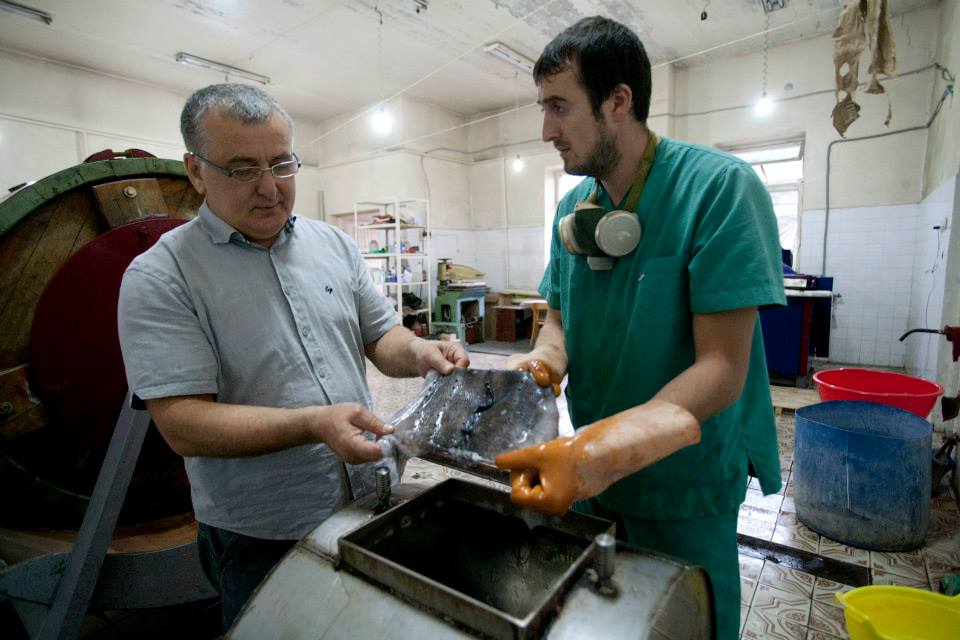
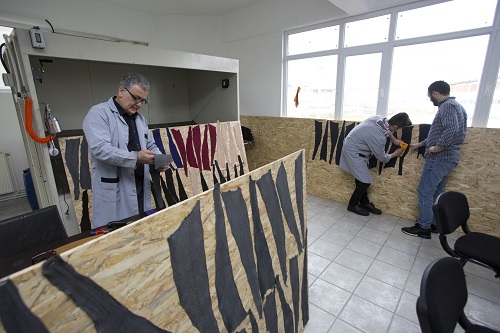
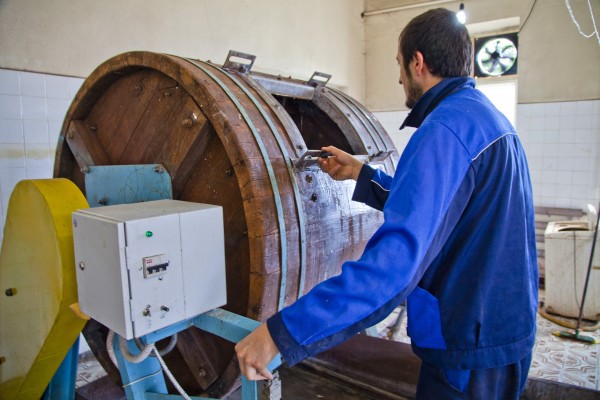
![[005085].jpg](/mt-content/uploads/2017/09/005085.jpg)
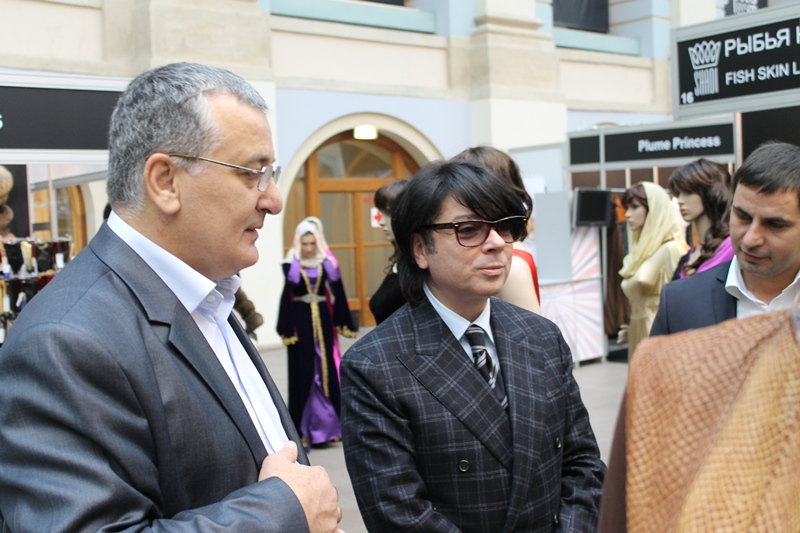
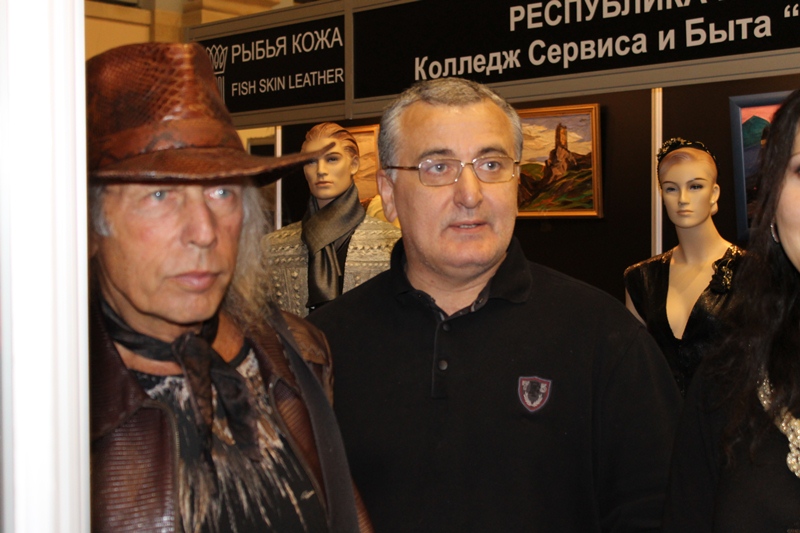
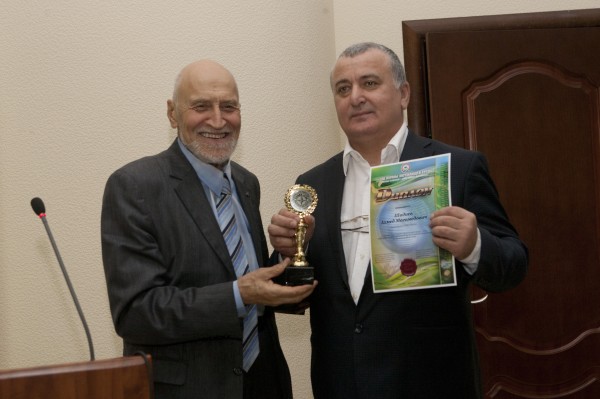
![[002050].jpg](/mt-content/uploads/2017/09/002050.jpg)
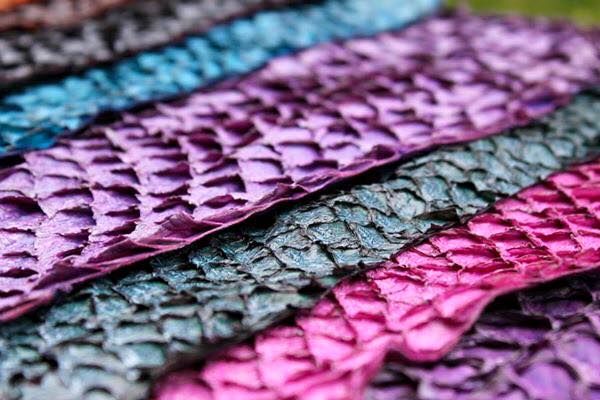
![[005049].jpg](/mt-content/uploads/2017/09/005049.jpg)
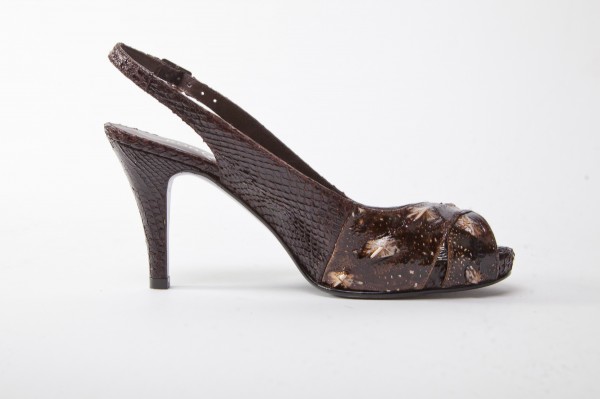
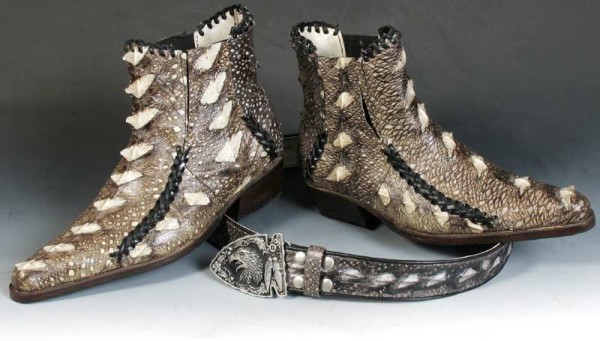
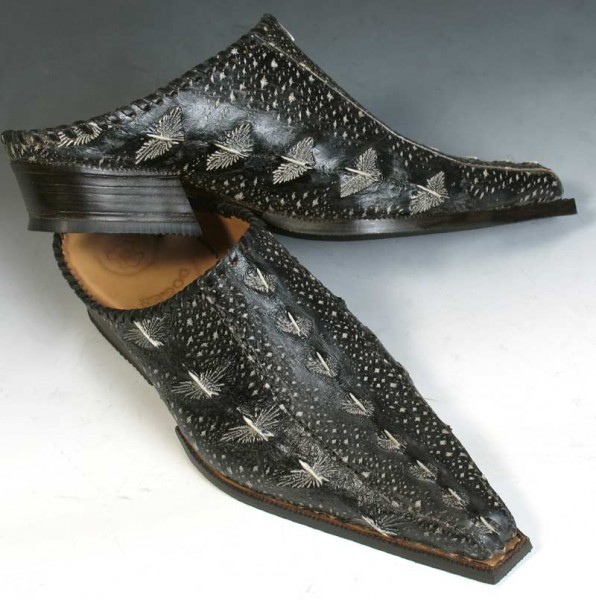
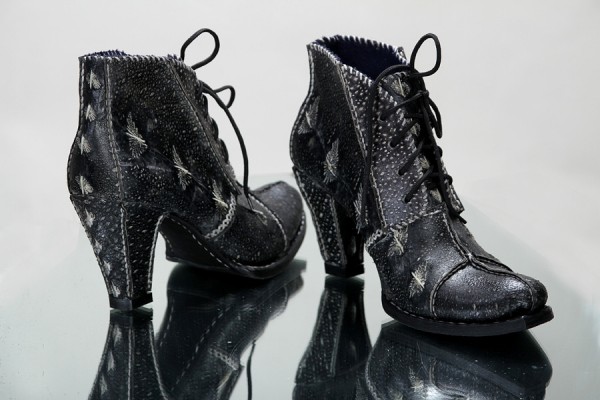
![[002805].jpg](/mt-content/uploads/2017/09/002805.jpg)
![[003709].jpg](/mt-content/uploads/2017/09/003709.jpg)
![[015669].jpg](/mt-content/uploads/2017/09/015669.jpg)
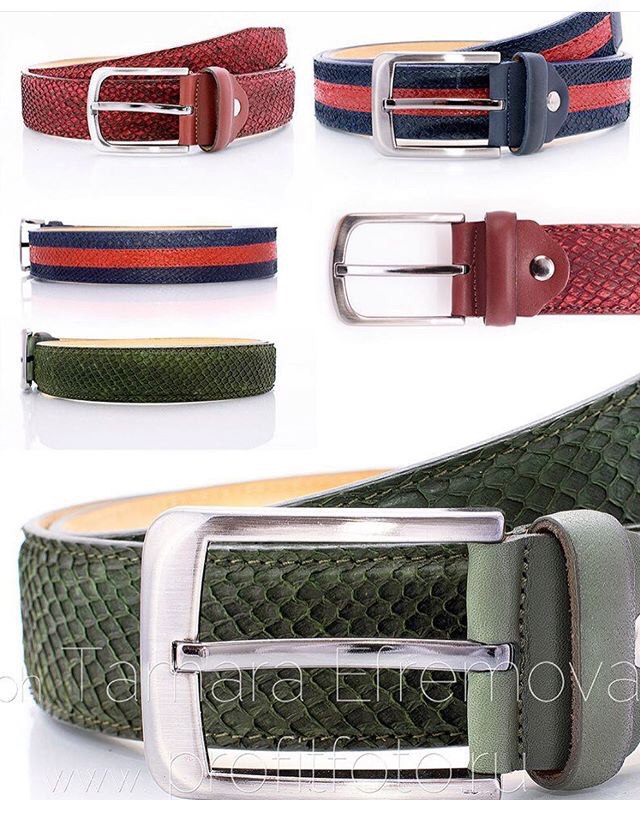
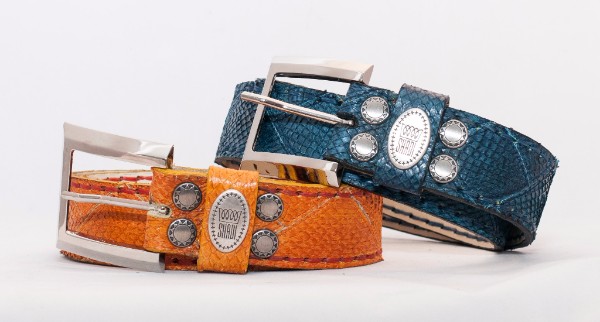
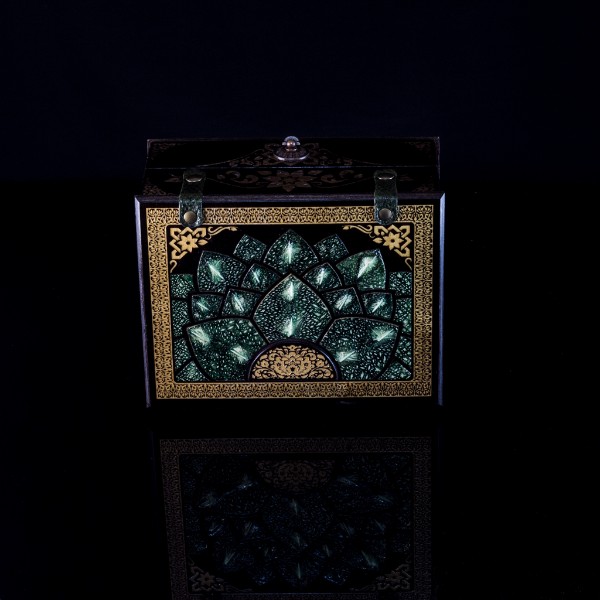
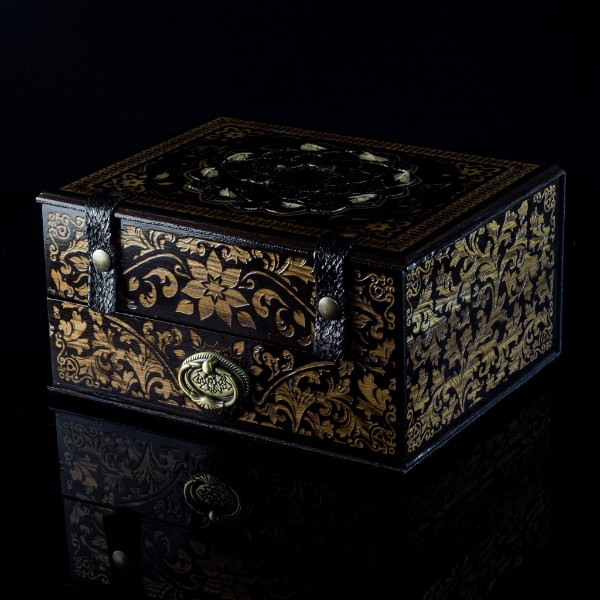
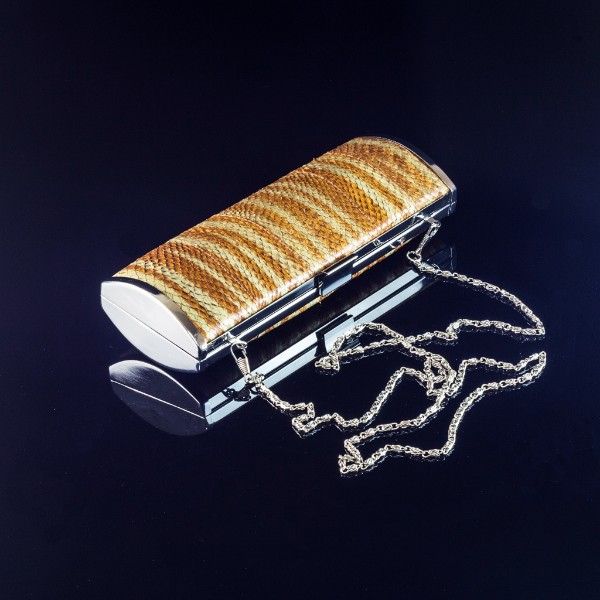
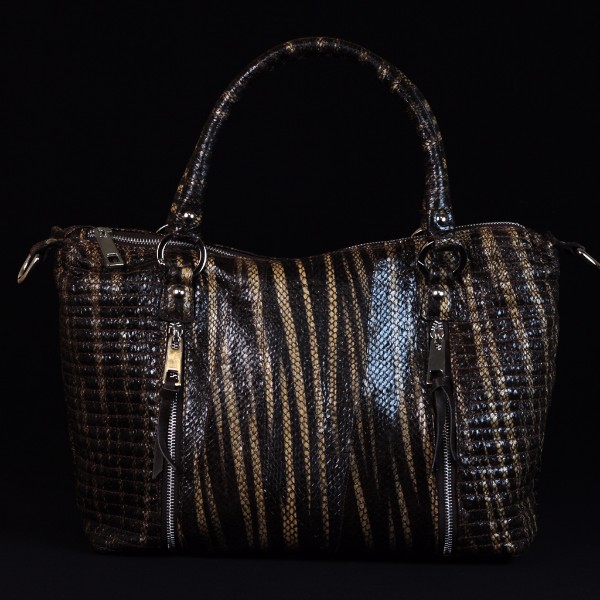
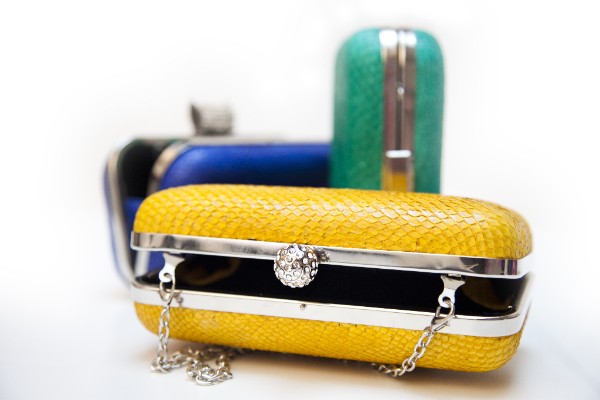
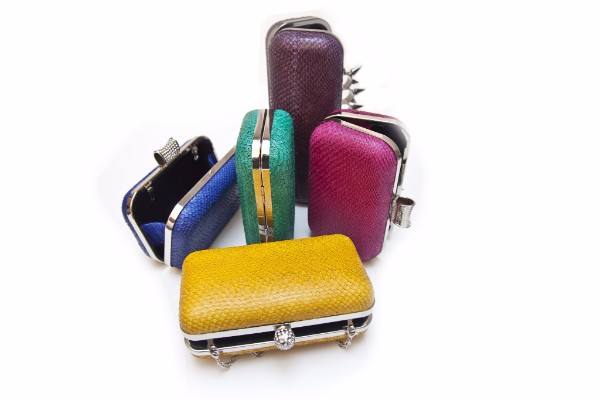
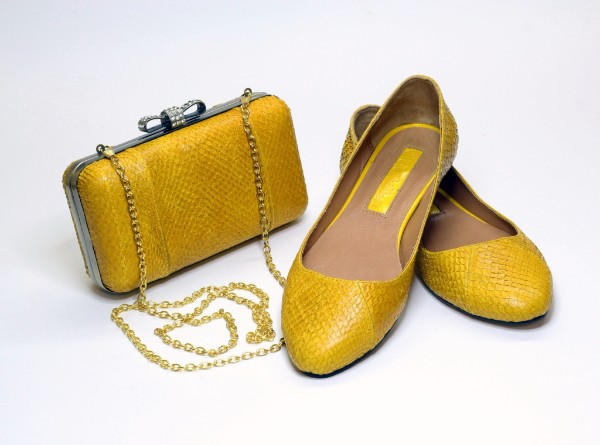
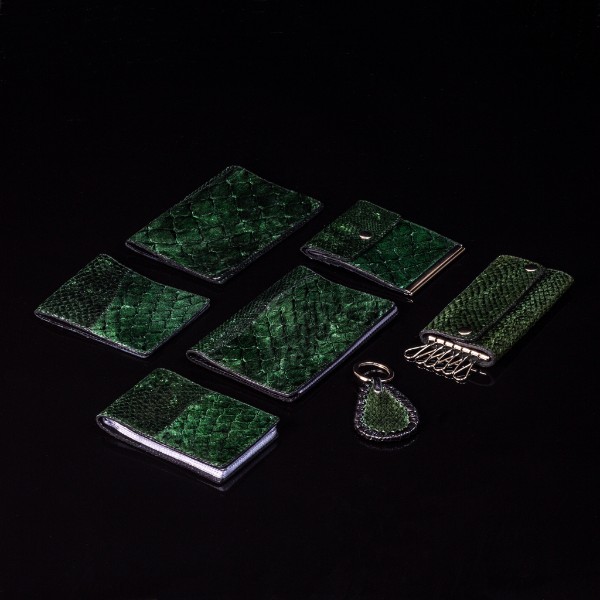
![[004265].jpg](/mt-content/uploads/2017/09/004265.jpg)
